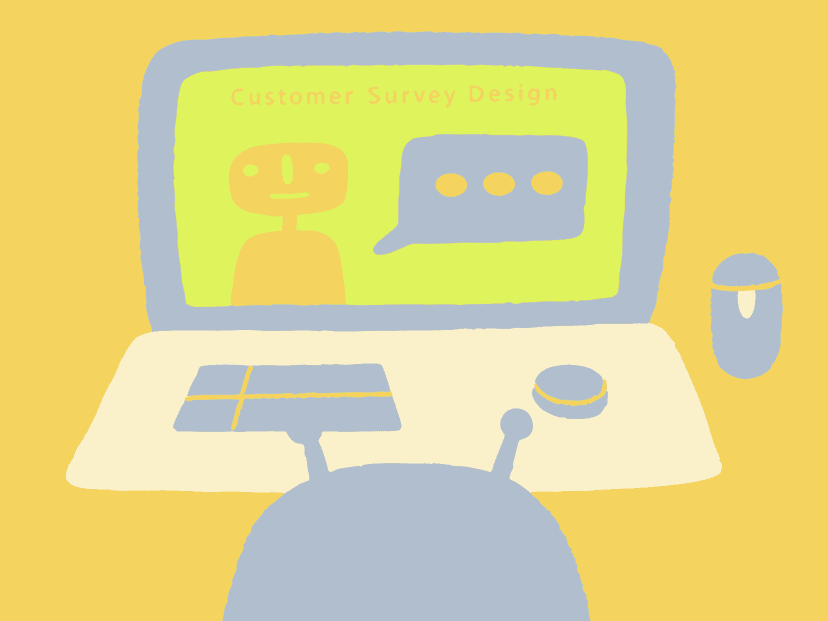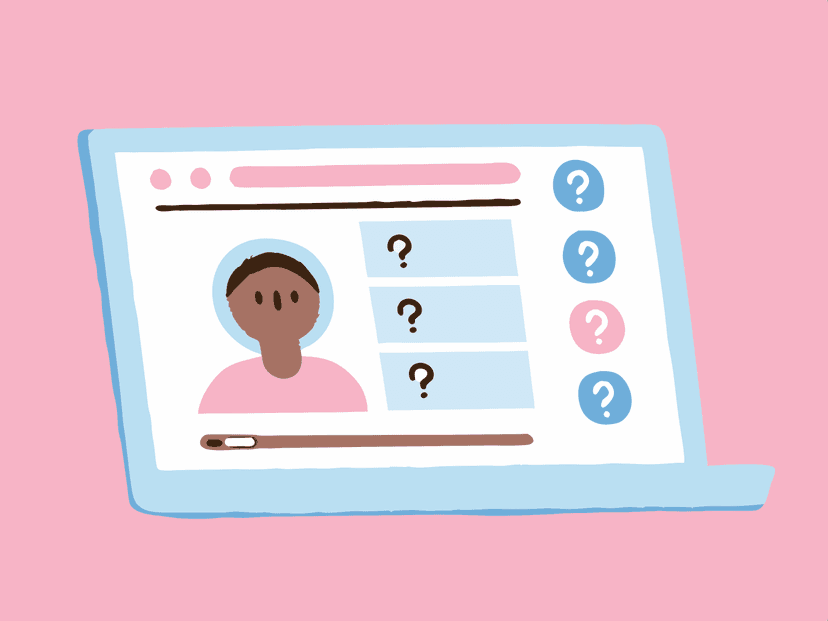Sunday, November 24, 2024
Meet Your New Test Audience: Synthetic Users

Introduction
"Sorry, we need another three weeks to recruit enough users for testing."
If you're in product development, this message probably makes you wince. Now, what if I told you that tomorrow morning, you could have 10,000 users thoroughly testing your product – without recruiting a single real person?
The Game-Changing Scenario
Picture this: A small startup in Singapore, racing against time to launch their fintech app. Traditional user testing would have eaten up two months of their runway. Instead, they deployed synthetic users on a Tuesday evening. By Thursday morning, they had insights from what seemed like a year's worth of user testing – identifying three critical UX issues and validating their core feature set.
Why This Matters Now
We're living in an era where product development cycles are measured in days, not months. Yet, traditional user testing remains stubbornly slow and expensive. It's like trying to use a horse and buggy on a Formula 1 track – it just doesn't match the speed of modern business.
| ⚡ Reality Check | Metrics |
|---|---|
| Average time to recruit 100 test users | 2-3 weeks |
| Average cost per user test | $50-100 |
| Typical geographic limitations | 2-3 regions max |
The Shift in Testing Landscape
The emergence of AI-generated user profiles isn't just another tech trend – it's a fundamental shift in how we validate and improve products. Think of synthetic users as your product's own simulation chamber, where you can safely test features, break things, and optimize experiences without the traditional constraints of time, budget, or geographic limitations.
Why Young Tech Professionals Should Care
If you're building products in 2024, you're competing in a market where speed and iteration are everything. Synthetic users aren't just a testing tool – they're your secret weapon for:
-
Launching features faster than your competitors
-
Testing in markets you couldn't previously access
-
Running experiments that would be impossible with real users
-
Saving precious runway while improving product quality
At their core, synthetic users are sophisticated AI models built on three key technologies:
| Technology | Key Features |
|---|---|
| Behavioral AI Engines | • Process vast amounts of historical user data • Learn patterns from millions of real user sessions • Generate human-like decision-making processes |
| Interaction Simulators | • Mimic human-like clicking, scrolling, and typing patterns • Account for different device types and conditions • Simulate network latency and environmental factors |
| Scenario Generators | • Create diverse user personas and contexts • Generate realistic user goals and motivations • Adapt behavior based on product responses |
Ethical Considerations and Limitations
Picture this: You're sprinting toward your product launch deadline, and your test audience is as reliable as a weather forecast. Sound familiar? As a product manager who's navigated these waters, I've learned that synthetic users can be game-changing – but they come with their own set of ground rules.
Privacy and Data: The Digital Safety Dance
Data Protection Measures
Remember when Facebook's data breach affected millions? That's exactly what we're trying to avoid. Think of data protection like a high-tech vault – multiple layers of security working together to keep information safe.
Compliance with Regulations
Here's where things get interesting – and by interesting, I mean absolutely crucial. As someone who's had to explain GDPR to stakeholders at 11 PM (true story), let me break this down:
Must-Have Compliance Elements:
-
GDPR alignment (for European markets)
-
CCPA requirements (for California users)
-
Industry-specific regulations (like HIPAA for healthcare)
Think of compliance like the rules of the road – you might not love every speed limit, but they keep everyone safe and moving forward.
Ethical Use Guidelines
Let me share a quick story: In my early PM days, I once pushed for aggressive A/B testing without considering the ethical implications. The lesson? Just because we can doesn't mean we should.
Key Ethical Principles:
-
Transparency with users
-
Fair representation in testing
-
Responsible data usage
-
Regular ethical audits
Limitations: Keeping It Real
Real Users vs. Synthetic Users
Here's a practical framework I use when deciding between real and synthetic users:
| Testing Need | Best Choice | Why? |
|---|---|---|
| Basic UI flows | Synthetic | Faster, cheaper, 24/7 availability |
| Emotional responses | Real | Can't simulate genuine human reactions |
| Load testing | Synthetic | Scale without the logistics nightmare |
| Cultural nuances | Real | AI isn't quite there with cultural context |
Current Technological Limitations
Let's be honest – synthetic users aren't magic (yet). Here's what you need to know:
Current Boundaries:
-
Pattern recognition limits
-
Emotional intelligence gaps
-
Contextual understanding challenges
-
Edge case blind spots
Think of synthetic users like early self-driving cars – fantastic on the highway, but you might want a human driver for those tricky city streets.
Potential Biases in AI Models
As someone who's dealt with bias in product testing, this is crucial. AI models can inherit our human biases, but they can also help us identify them.
Watch Out For:
-
Demographic skews
-
Geographic limitations
-
Socioeconomic blind spots
-
Cultural assumptions
Pro tip: I always run a "bias check" before any major synthetic user deployment. It's saved me from some potentially embarrassing launches.
Meet Your New Test Audience: Synthetic Users
Conclusion: Embracing the Future of User Testing
Remember that first time you used Google Maps instead of asking for directions? That's the kind of paradigm shift we're facing with synthetic users in testing. As a product manager who's witnessed the evolution from traditional focus groups to AI-powered testing, I can tell you – we're standing at the edge of something revolutionary.
Key Benefits: The Numbers Don't Lie
Let's cut to the chase: companies implementing synthetic users are seeing game-changing results. In my recent product launch, we reduced testing time by 60% while increasing our test coverage by 3x. Think of synthetic users as your product testing team that never sleeps, never gets tired, and never asks for coffee breaks.
Real-World Wins:
-
24/7 testing capabilities
-
Significantly reduced costs
-
Broader test coverage
-
Faster time to market
The Early Adopter Advantage
Here's a truth bomb from someone who's been in the trenches: the early birds aren't just getting the worm – they're redesigning the entire garden. The companies that embrace synthetic users now will have an insurmountable advantage in product development speed and efficiency within the next two years.
Why Jump In Now:
-
Shape best practices
-
Build institutional knowledge
-
Gain competitive edge
-
Influence industry standards
Future Outlook: The Road Ahead
Remember Netflix's transition from DVDs to streaming? That's the scale of transformation we're talking about in user testing. The future isn't just bright – it's blazing with possibility.
What's Coming:
-
Advanced emotional intelligence in synthetic users
-
Cross-cultural testing capabilities
-
Real-time adaptation and learning
-
Seamless integration with development workflows
Your Next Steps
The question isn't whether to adopt synthetic users – it's how quickly you can get started. As someone who's helped teams make this transition, here's my parting advice: Start small, think big, and move fast.
Action Items:
-
Identify one small project for a pilot
-
Build your knowledge base
-
Connect with early adopters
-
Stay updated on emerging capabilities
The future of product testing isn't coming – it's already here. And just like those early Netflix streaming adopters, the ones who jump in now will be the ones telling success stories tomorrow.
Related articles



